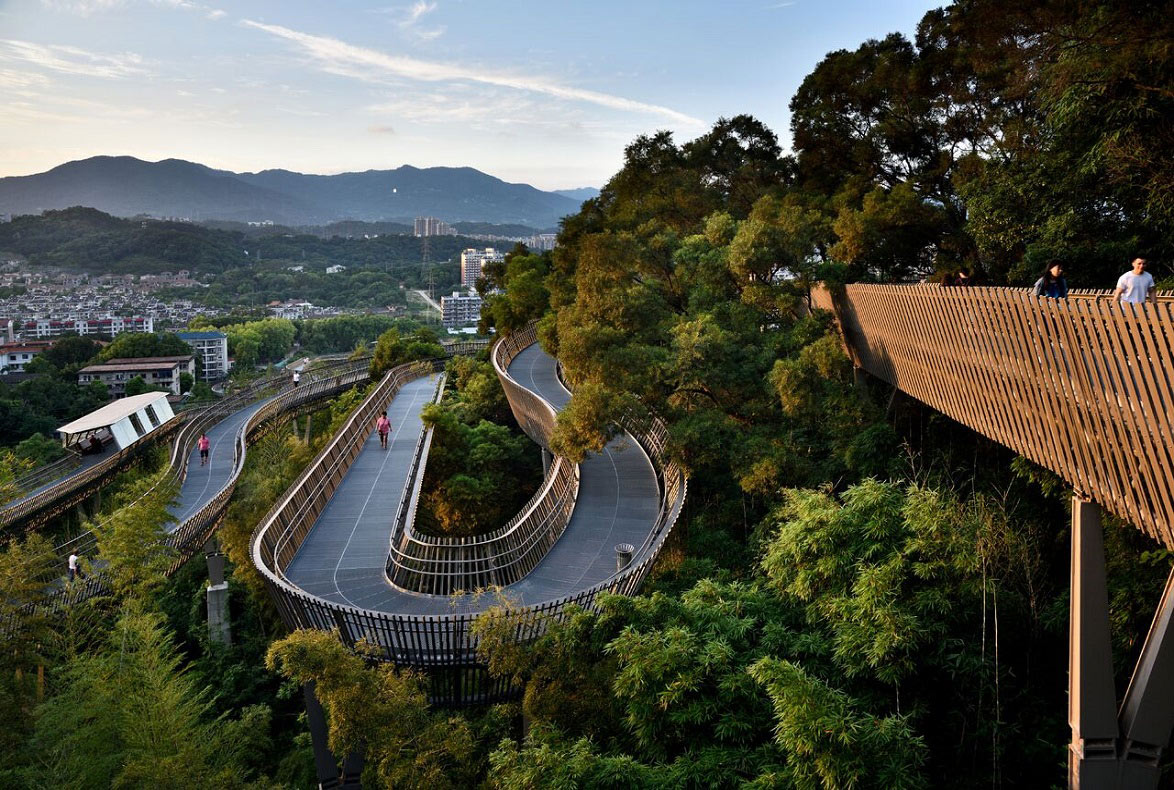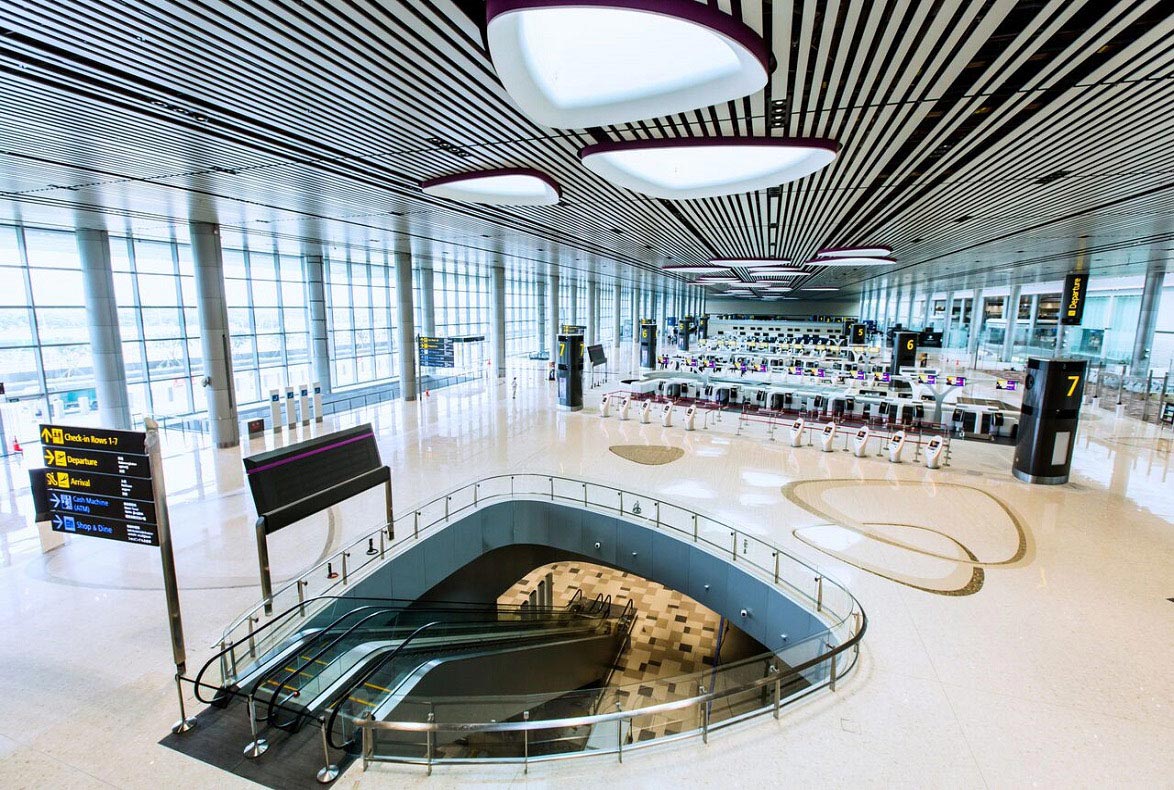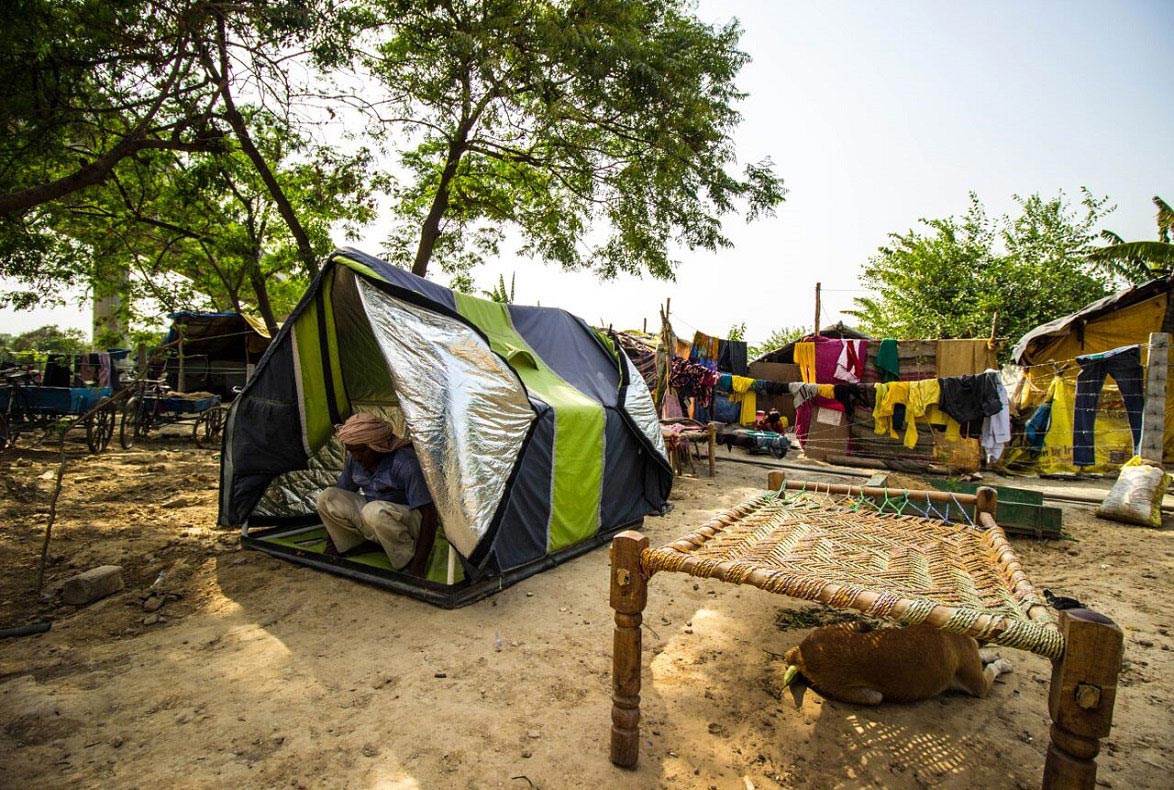
DESIGNER OF THE YEAR 2009
Chris Lee
Founder & Creative Director
Asylum Creative Pte Ltd, Singapore
CONTACT
[email protected]
Chris Lee almost did not become a designer.
After his “O” Levels, he studied electronic engineering for two years before realising that he was not cut out to be an engineer. Subsequently, explains Mr Lee, “I was admitted to Temasek Polytechnic with no portfolio, no aptitude test and no art results. Just an interview where I begged the course manager to give me that one chance and I guess he saw my determination.”
Mr Lee has not looked back since. In 1999, he founded Asylum, a highly regarded creative company comprising a design studio and a retail store. Asylum has been featured in more than 30 magazines from around the world. UK magazine ICON (March 2008) called Asylum “probably the best design agency in Singapore today”, while Australian design publication Pol Oxygen described him as “a tall poppy in Singapore’s field of creative flowers” (Issue 26, 2008).
Mr Lee’s portfolio encompasses crossdisciplinary projects that include interactive design, product development, environmental and interior design, packaging, branding, and graphic design. This diverse range of work has won Mr Lee numerous accolades, and he has been recognised with more than 60 international awards, including The One Show and the British Design and Art Direction (D&AD) Awards.
Widely acknowledged as an industry leader, Mr Lee was elected Design Chairman for the Creative Circle Awards in 2005 and Crowbar Design Chairman in 2006. He represented Singapore as a design judge for the prestigious D&AD Awards in London, the Hong Kong Design Awards and red dot awards in 2009.
Apart from his commercial work, Mr Lee is also very active in creative education in Asia, where he lectures and gives talks at universities and conferences. He believes that “mentoring young designers is a natural part of being a design leader”, and conducts numerous workshops for young designers annually. Most recently, he became the Founding President of The Design Society, a non-profit organisation that aims to promote visual culture through exhibitions, workshops and education.
Mr Lee’s various projects and activities all reflect his passion for design. Says Mr Lee, “Design can impact our lives in tangible and intangible ways. On a basic level, it acts as an enhancer, injecting life or clarity to information. On the business front, it can strengthen a brand and help differentiate the brand from its competitors. On a macro scale, it improves our living conditions and adds value to our lives.”
This perspective carries through to Mr Lee’s design philosophy. He declares, “Great design should touch a person emotionally. The idea is everything! Style enhances the idea. Style without ideas is like having great spices but without the beef … Sometimes it’s about creating a style so original that it inspires, at other times it could be a witty idea that puts a smile on your face.”
His creative process, he says, is simple.
“Knowing your target audience and the ability to distill what you want to communicate with a simple message are the keys to great communication. The challenging part is coming up with totally original ideas. I like the fact that I’m uncomfortable with certain projects because truly original work should be groundbreaking. Good is the enemy of Great.”
To meet the demanding standards that he sets for himself, Mr Lee draws inspiration from his frequent travels. He says, “My main source of inspiration and education comes from being able to travel frequently and having the ability to absorb different cultural influences. I’m also inspired by architecture, film, food, art, fashion, music and people. I love mega cities like Tokyo and New York because they never cease to surprise and inspire me.” Among his early influences was the British independent music label 4AD (“I was fascinated with Vaughan Oliver”) and Tomato, but he is now more inspired by Hiroshi Sugimoto, Thomas Heatherwick, Ai Wei Wei, Cai Guo Qiang, Hussein Chalayan and Kenya Hara.
While the design industry can be both demanding and competitive, Mr Lee acknowledges that he has not faced many significant challenges in his chosen career. “I’ve had a blessed career so far so there aren’t many lows. Perhaps losing certain projects is one challenge, not being able to maximise our creative potential when we have a great opportunity is another. The way to overcome this is to take it with a pinch of salt, learn from our failures and move on.” On the other hand, he can name a number of high points: “Winning a big project like Fusionopolis, completing small but very creative projects, winning all the international awards, being invited to judge for the Hong Kong Design Awards, D&AD, red dot, and the Tokyo Type Directors Club, all in one year.”
How does he explain this relatively smooth ride to success? Mr Lee reckons that what sets him apart from other designers is his “ability to understand human psychology and to use those insights to create great design that works”. He attributes his success to his “determination to change our environment, and having a streak of rebellion against the impossible”. He believes in constant innovation, but also holds that “innovation is extremely powerful only when we do not lose track of the original purpose and intention”.
A project that demonstrates this take on design and innovation was the creation of Frolick, a frozen yogurt brand. Says Mr Lee, “Frolick is a perfect example of innovative thinking … Their target audience was youths aged between 13 to 25 years old, so we felt that typical images of health and fruit weren’t that relevant. Our idea was to create a spunky attitude that would hype up the fun of eating yogurt. We gave the brand a naughty tonguein-cheek personality and created a brand that was politically incorrect. The brand became a huge success and it is growing exponentially.”
The same mischievous sense of humour also emerges in other projects on which Mr Lee has worked. As part of the Singapore Design Festival 2007, he participated in Utterubbish, an exhibition held at The City Hall with a recycling theme. Mr Lee says, “We collected junk mails from mailboxes around the island and reused them as notebook covers and stationery, giving these “ugly” mailers a new lease of life.” Another line of cheeky Asylum Notebooks was created with designers in mind. Comments Mr Lee, “Designers are often accused of not reading enough so we thought we could single-handedly salvage our reputations by coming up with fake intellectual notebooks. With titles like Advance Economics for Emerging Markets and Cognitive Psychology, it’ll impress even your ex-high school principal!”
Other projects started under the Asylum brand have proven to be similarly successful. The Asylum Retail Store was started in 2005 as a gallery and space for workshops. Mr Lee explains, “Our aim is to inspire consumers and to present the space as a creative platform for exchanging ideas.” The store showcases an eclectic mix of products ranging from fashion and books to art and experimental music, with a spotlight on local artists and their own creative products. Similarly, Asylum Sounds was started in 2007 as a new music label to promote experimental music in Singapore.
Looking ahead at the design scene in Singapore, Mr Lee is optimistic. “The design scene has come a long way in the last 15 years, and we’ve witnessed a wave of independent local design companies that are confident and gaining international attention. There are a lot of initiatives taken by passionate individuals and unprecedented interaction and collaboration among designers. Having said that, the industry has more to grow, and we need to educate clients to buy into great design instead of opting for cheap and mediocre work. The government can lead by example in good design practice by barring free pitching. Ideas are our main assets in creativity, so to expect them free of charge is a setback to our industry.”
On being conferred the President’s Design Award, Mr Lee is elated. He says, “It’s definitely a great honour! At least my relatives will know that I’ve chosen a great career path that’s outside the mainstream channel. Personally it’s a pat on the shoulder for me and I’ll definitely strive harder so that we can be one of the top few creative companies in the world.”
Frolick Buttons (2008), Singapore
Tripple One Brochure (2009), Singapore
Asylum Retail Totebag ‘Fence’ (2007), Singapore
Chocolate Research Facility Interior (2008), Singapore
Artisan Cellars Interior (2008), Singapore
Utterubbish Notebooks (2007), Singapore
Frolick Cup (2008), Singapore
Insights from the Recipient
As we have such an open economy, the potential to work on regional and global projects is tremendous. We have the opportunity to present our practice to the rest of the world.
We have the ability to transform a city and its inhabitants, so we need to ensure that responsibility is not lost. What we do needs to transcend the daily grind and the forces of commercialism. Specifically, I would say that the well-being of people should be spiritual guide to whatever we do.
I would like to see a lot more diversity, as well as an eco-system that supports young designers, the small studios, and corporate studios. I would also like Singaporeans in general to be more engaged in design-based activities.
Citation
Jury Citation
Nominator Citation
MS LIM SAU HOONG
CHIEF EXECUTIVE OFFICER & EXECUTIVE CREATIVE DIRECTOR
10AM COMMUNICATIONS
In a communications world that is driven by ideas that can come from anywhere, Chris Lee is acknowledged by the Jury to be setting standards in Singapore that are being admired both locally and internationally. Chris is spoken of highly in terms of his modern approach to communications and his ability to solve problems in novel ways, as can be seen in how he created a unique look and feel for not uncommon products like frozen yoghurt and chocolates.
Deemed young, thrusting and ambitious, what Chris has achieved in 10 years at Asylum is not only bold and witty but also entirely lives up to his own aspirations. The Jury agrees that there is clearly much more to expect from Chris. In fact, Chris cannot be defined by a single discipline, for his talent and achievements respect no boundaries.
Indeed, his immense gift and talent cannot be ignored. Chris is a shining inspiration to the new generation – a living example that when an individual directs his energies to building dreams, the impossible can be achieved.
The Jury observes that Chris is a natural designer, curator, teacher, barista and client. In today’s dynamic and integrated world, he is destined to lead from the front.
Asylum, the creative company that Chris Lee founded and of which he remains Creative Director, has been described as, among other things, a design studio, a workshop, a gallery, a retail store, and even a record label.
What you do not often hear though, which I feel is as apt as any of the descriptors prior, is a safe house. Because behind the atelier’s retail façade is a home where ideas are convened, conceived and traded.
Since its inception in 1999, Asylum has served as a refuge for those looking to share their inspiration, and a haven for those looking for inspiration. It would not be an exaggeration then to describe Lee’s creative company as a right of asylum for anyone with a fervent design belief.
And for those who have had the privilege to know Lee, they would certainly not think it excessive to describe his creative safe house as a physical manifestation of the many roles he plays within the design community (both locally and regionally).
Just as you cannot simply peg Asylum as a design outfit, by any measure, you cannot simply describe Lee as a designer, to say the least. Yes, he practises design. And to be sure, his designs have garnered over 50 international awards including accolades from The One Show, the British Designers & Art Directors’ Club, Communication Arts, and the International designers Network (IdN).
But Lee is also a devout patron of design. Like his material doppelganger, Asylum, he does not simply bring design to the community but also offers spaces or hotbeds that draw design from the community. His gift for bringing out the best of young designers has cast Lee as a regular guest lecturer at universities and conferences across Asia.
And as an active figure within the design community, Lee has given as much, if not more, than he has received from both local and regional design residents.
In 2005, Lee served as the Design Chairman of the Creative Circle Awards. In 2006, he was Design Chairman of the Crowbar, a student competition that has helped realise many of the industry’s top creatives. And in 2007, Lee represented Singapore as a design judge for the prestigious British Design and Art Direction (D&AD) Awards in London.
So while a good designer may be described as one who is able to bring his or her own inspiration to life, it is my opinion that a President’s Design Award Recipient is one who is also able to bring the inspiration of others to life. And to that end, I strongly believe that Chris Lee has and will continue to be an inspiration for the regional creative community. His capacity to create and nurture creativity (in both his peers and the young) marks him as a deserving nominee for the President’s Design Award 2009.












